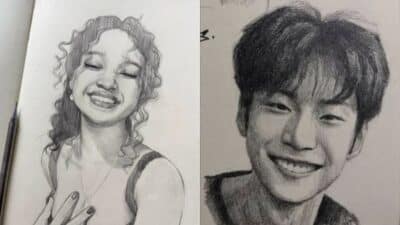Finding good reference photos of male faces can be tricky, but it’s key for artists wanting to improve their portrait skills. The best way to get accurate and diverse male face references is by using websites that offer high-quality images showing different expressions, ages, and lighting conditions. These resources help artists study real facial features and details, making their drawings more natural and lifelike.
Many free sites offer thousands of male face photos, from casual shots to professional portraits. These references allow artists to practice different angles and facial structures in a way that photos from a single source might not provide. Exploring these options can make a big difference in an artist’s ability to capture the unique traits of male faces.
Using a mix of professional and casual photos, along with tools showing light and shadow on faces, helps artists learn how to add depth and emotion to their work. This variety keeps practicing fresh and teaches new techniques that go beyond basic portrait drawing.
Understanding Male Facial Anatomy
A male face has distinct shapes and patterns that help artists create realistic portraits. Features like the basic structure, facial details, and differences caused by age or background all shape how a face looks. Knowing these aspects can improve an artist’s ability to capture likeness and character.
Key Planes and Proportions


The male face generally follows basic geometric planes that define its shape. The forehead, cheekbones, nose, and jaw form key flat or angled surfaces. These planes help define light and shadow, giving depth to a portrait.
Typical proportions include the eyes sitting halfway between the top of the head and the chin. The width of the face is often about five eye widths across. The nose usually aligns with the inner corners of the eyes.
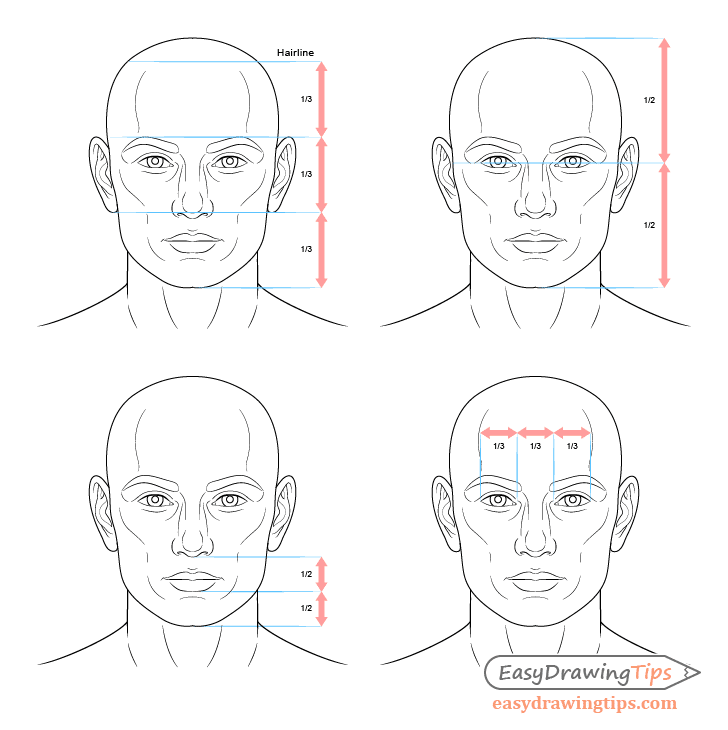

The jaw and brow tend to be more pronounced in males. The chin is often wider and more squared. These structural traits help create a strong, masculine facial appearance.
Common Facial Features
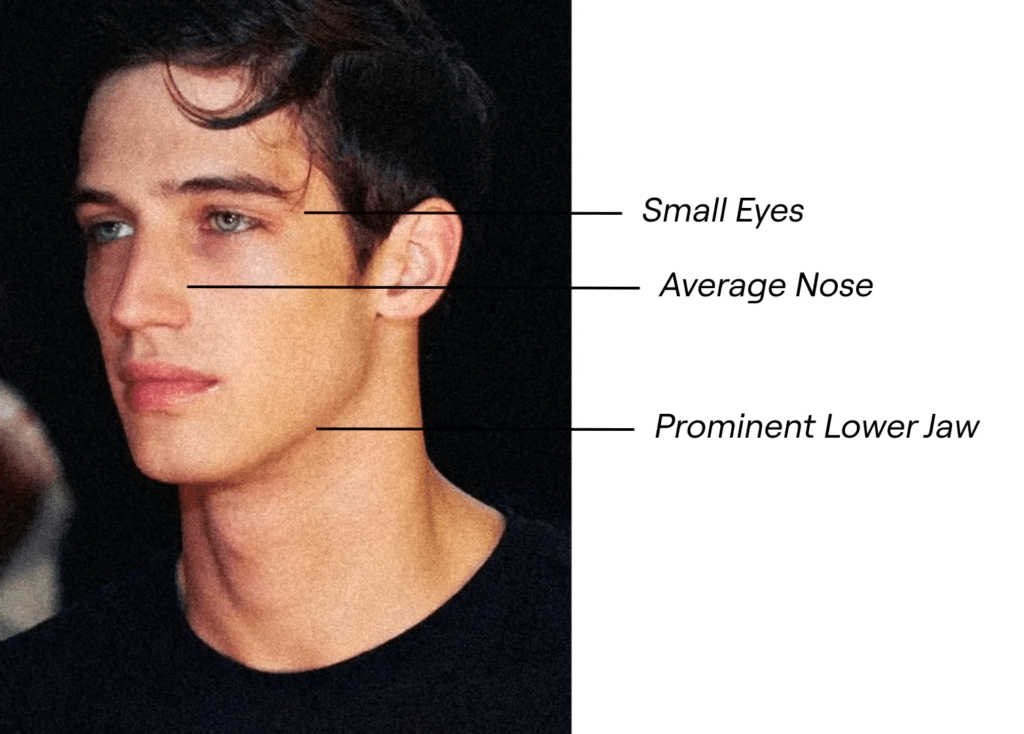
Facial features like the nose, lips, eyes, and eyebrows vary but share common shapes. Male noses are commonly wider at the bridge and tip. Lips tend to be thinner compared to females but vary widely.
Eyebrows are often thicker and sit lower on the brow bone. Eyes can look smaller due to the prominent brow ridge. Facial hair like stubble or a beard changes how features are seen and can add texture and shadow.
Artists should notice the muscle groups under skin, such as around the mouth and eyes, which affect expressions and realism.
Variations by Age and Ethnicity

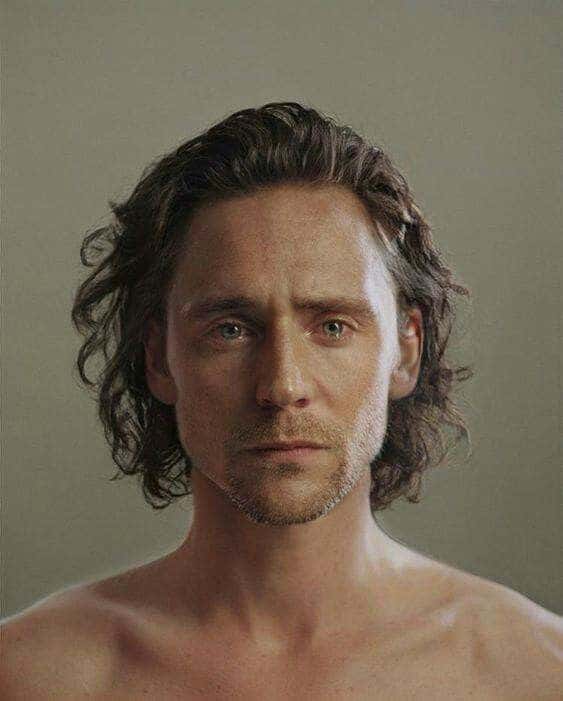
Age affects male faces by softening or accentuating features. Younger faces usually have smoother skin and rounder cheeks. Older faces show wrinkles, sagging skin, and more pronounced bone structure.


Ethnicity influences face shape, skin tone, and feature size and shape. For example, some ethnic groups may have wider noses or higher cheekbones. Variations like eye shape, lip fullness, and jawline shape help define cultural identity.
Artists benefit from studying diverse faces to create accurate and respectful portraits that reflect these differences.
Choosing High-Quality Portrait Male Face References
Finding good portrait references means looking closely at photo quality, lighting, angles, and legal use. These details affect how useful a reference will be for accurate and clear artwork. Choosing the right photos can help artists study facial features and expressions better.
Selecting Reference Photos
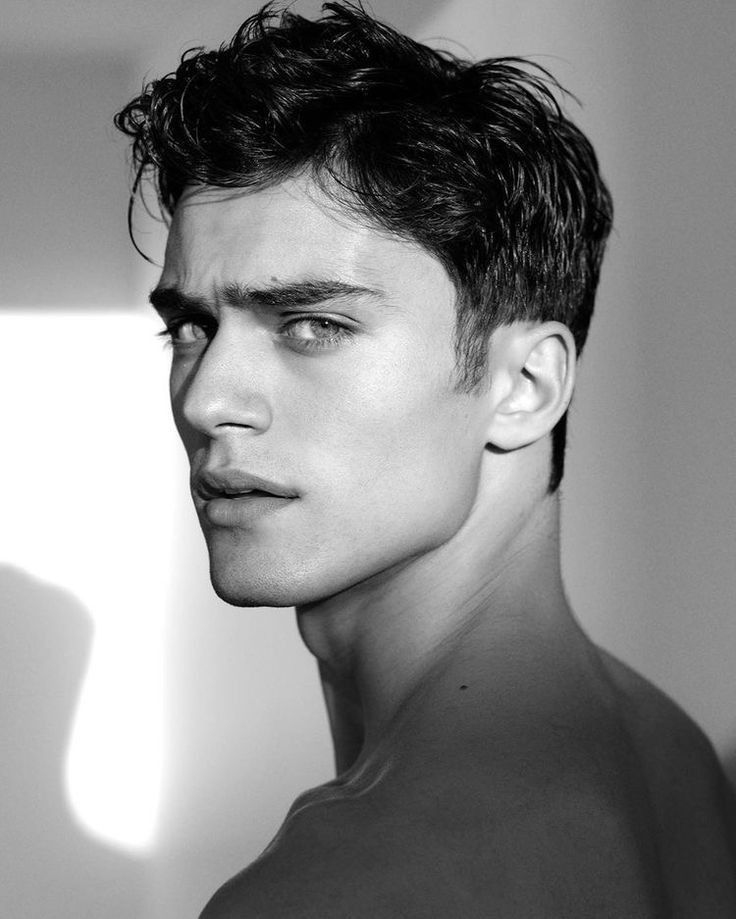

The first step is picking photos with clear facial details. The face should be sharp and not blurry. Photos taken from a good distance allow the viewer to see features like eyes, nose, and mouth clearly. Close-up shots usually work best because they show more detail.


Variety is important. Using photos of different ages, ethnicities, and facial hair styles helps artists practice with many face types.
Also, look for photos with neutral expressions or slight emotions. This provides more flexibility to adjust the pose or mood when drawing.
Evaluating Image Lighting and Angles
Lighting in a photo shows the shape and depth of the face. Good lighting highlights the jawline, cheekbones, and other facial structures. Soft, even light helps avoid deep shadows that hide features.
Photos with different angles are useful. Front, side, and three-quarter views show how features change with perspective. Multiple angles let an artist understand the face in 3D.
Stark lighting or harsh shadows can be tricky but helpful for practicing dramatic portrait effects.
Using Model Releases and Copyright Considerations
Not all reference photos are free to use. It is important to check if a photo comes with a model release. This release gives permission to use the image for art or commercial projects.
Many free websites offer photos that are okay to use, but always read their terms. Using images without permission can cause legal trouble.
When in doubt, artists should choose photos marked as public domain or Creative Commons licensed. This keeps their work safe and respectful of the model and photographer rights.
Drawing Techniques for Male Face References
Using male face references well means careful attention to shapes, expressions, and light. Mastering these can help create portraits that look real and full of life.
Capturing Likeness

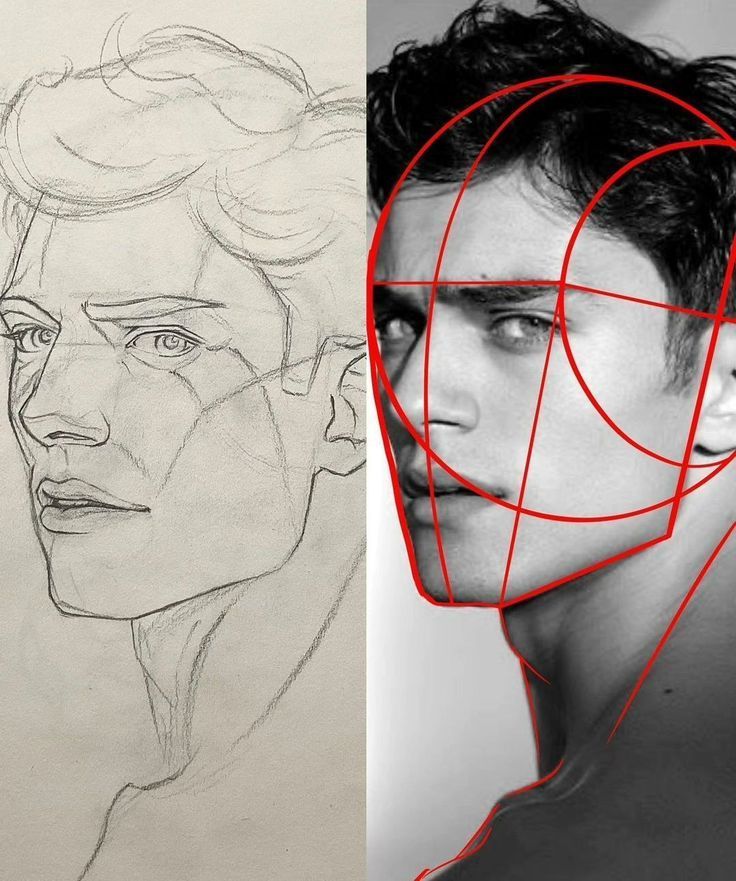
Capturing likeness starts with understanding the unique features of the face. Artists should focus on the proportions of the eyes, nose, mouth, and jawline. Measuring distances between these features helps keep the portrait accurate.
Using simple shapes like circles and ovals to map the head’s structure can make this easier. Paying close attention to the size and placement of each feature avoids a generic look. Small details like the shape of the eyebrows or the curve of the lips add to the likeness.
It’s important to work slowly, constantly comparing the drawing to the reference. This process helps catch subtle differences and bring the face to life.
Highlighting Expressions
Expressions convey emotion and personality. To highlight expressions, artists observe how muscles and skin change with different feelings. Eyes are especially important since they show emotion clearly.
Look for slight changes such as raised eyebrows, a smile, or furrowed brows. These affect the lines and shapes on the face. Drawing soft creases and wrinkles can show tension or relaxation.
A good technique is to exaggerate parts of the expression a little to make it stronger but still believable. This practice makes the portrait more engaging and dynamic.
Understanding Shadows and Highlights
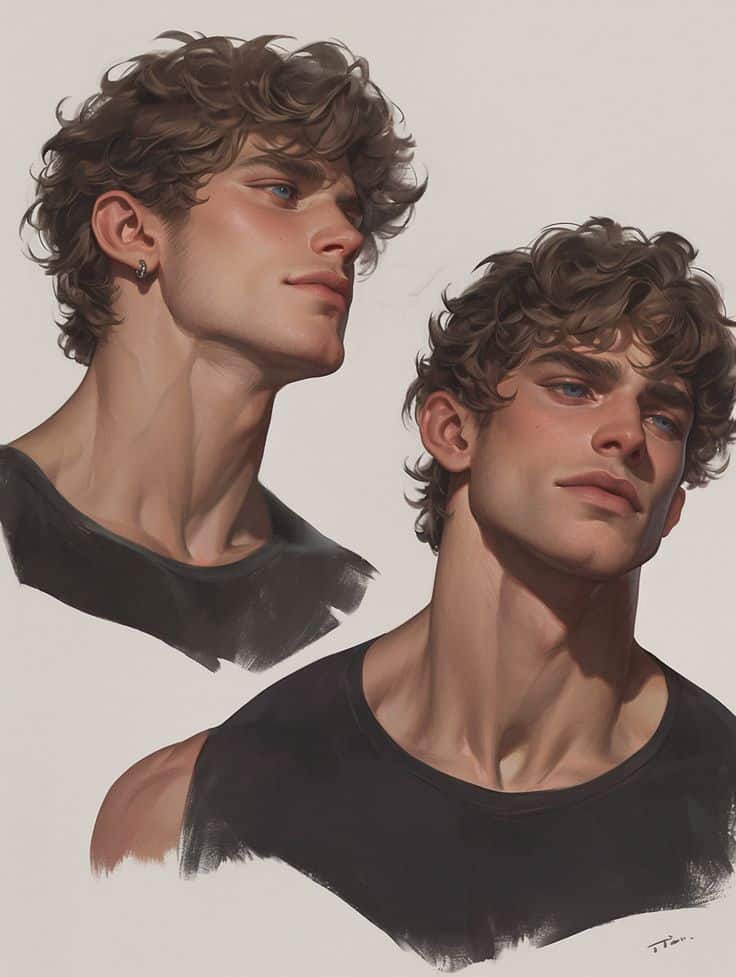

Shadows and highlights give the face depth. Artists should study how light hits the face and creates areas of light and dark.
Identify where shadows fall, such as under the nose, below the cheekbones, and around the jaw. Highlights usually appear on the forehead, nose bridge, and cheeks.
Using smooth shading techniques helps blend shadows softly, avoiding harsh lines unless for dramatic effect. Contrast between light and dark areas brings out the face’s 3D form.
A simple table to track light and shadow areas can help:
| Face Area | Shadow Location | Highlight Location |
|---|---|---|
| Forehead | Around hairline | Center forehead |
| Nose | Under nose tip | Bridge of the nose |
| Cheeks | Below cheekbones | Top of cheekbones |
| Chin and Jawline | Under chin and jaw | Lower chin area |
Practicing this balance increases realism in male face portraits.
Online Resources for Male Portrait References
There are many online options for artists looking for male portrait references. Some sites offer large collections of photos with different angles and lighting. Others provide tools that help study facial features and proportions in detail.
Photo Libraries and Databases
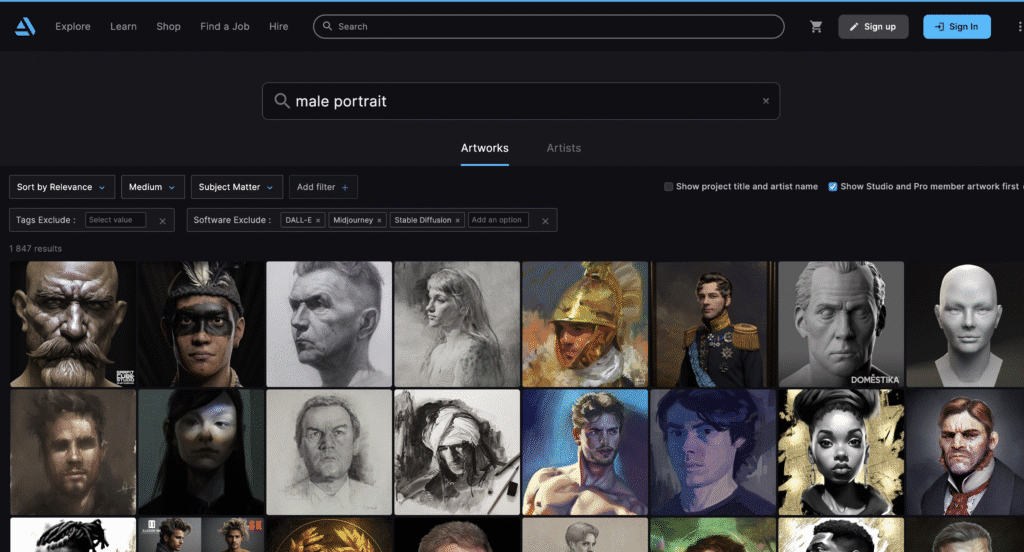
Many websites provide free or paid photo libraries full of male portrait images. These sites often feature high-resolution photos showing faces from various angles and with different light setups. Examples include Unsplash, which offers free high-quality images, and ArtStation, where artists can find premium portrait packs with hundreds of photos.
Some libraries focus on diversity, showing models with various expressions, ages, and ethnicities. This helps artists practice capturing real human features. The photos are usually suitable for personal and commercial use, making them versatile resources.
Reference Apps and Tools
Besides static images, some apps offer interactive tools for portrait practice. These apps allow users to rotate 3D face models, zoom in on details, and adjust lighting digitally. This helps artists study muscle structure and shadow placement clearly.
Some apps also include drawing guides and templates. These help beginners learn proportions and break down facial features into simple shapes. Using these tools along with photo libraries helps artists improve their skills efficiently.
Tips for Creating Your Own Reference Images
Creating clear and useful reference images requires attention to lighting, focus, and pose variety. Using simple tools and thoughtful setup can improve the quality of photos for drawing male faces. Planning the shot carefully makes it easier to capture details that help artists.
Photography Basics for Artists
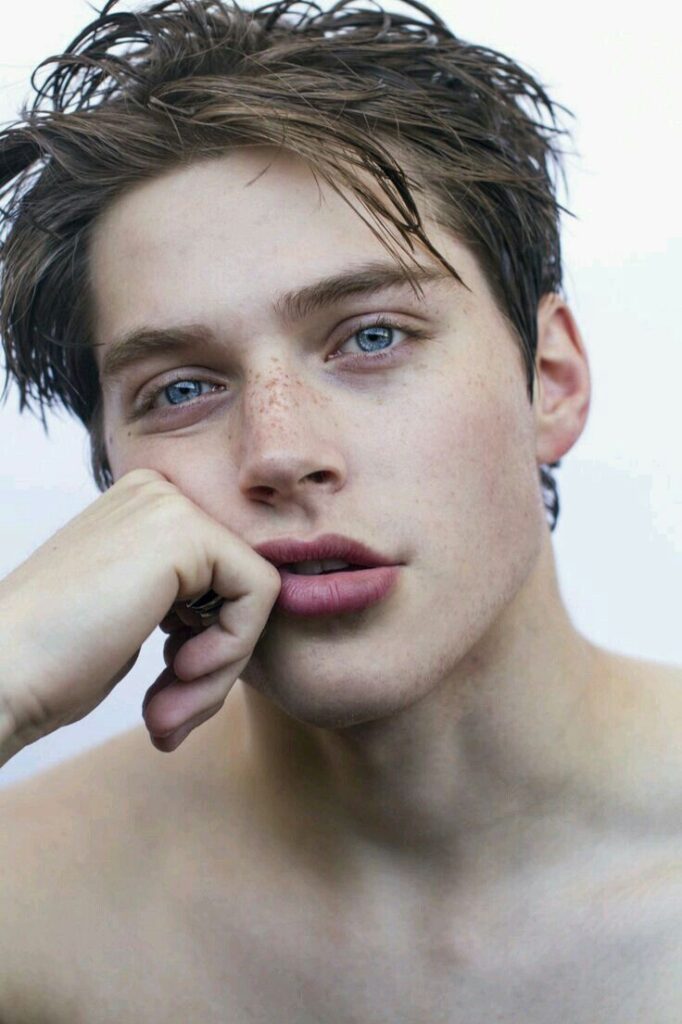

Good lighting is key. Natural light from a window works best because it shows true skin tones and gentle shadows. Avoid harsh overhead lights or direct sunlight that can create strong shadows or bright spots.
The photo should be clear and in focus. Using a smartphone or camera, make sure the face is sharp, especially the eyes, nose, and mouth. Avoid blurry or too distant photos that lose detail when zoomed in.
A plain background helps keep the focus on the face. Light-colored walls or simple fabrics work well. This reduces distractions and makes it easier to see facial features.
Managing Different Poses
Having a variety of angles helps capture all sides of the face. Common poses include straight-on, three-quarter view, and profile. Each shows different shapes and proportions.
Encourage natural expressions, like a soft smile or relaxed look. This adds life to the reference and helps artists study muscle movement and emotion.
Changing the head tilt and direction slightly can reveal different shadows and highlights. This variety allows for more detailed and realistic drawings later.
Using a chair or wall for support helps keep the pose steady during shooting. It ensures the face stays in the same position until the perfect shot is taken.
- 191shares
- Facebook0
- Pinterest191
- Twitter0
